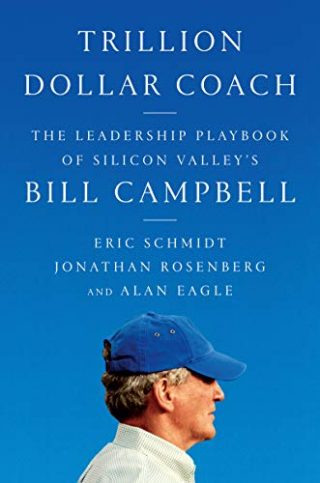A much discussed article by Tony Bingham, the President of ASTD, appeared in the August 2009 T+D Magazine under the title “Learning Gets Social.” In the piece, Tony delivers a shot across the bow for many learning and development departments, saying basically, if we all don’t get on board and start leveraging and supporting Web 2.0 technologies for learning, we’re simply going to be deemed irrelevant by the businesses we support. The article quotes Karie Willeyard, CLO of Sun Microsystems, saying:
If the learning organization doesn’t get into that 70 percent and use social media, they’re going to get left behind. They’re going to become irrelevant because people are going to be able to post and share knowledge with one another without the learning function.
The fact is, most employees are already embracing web 2.0 collaboration and sharing tools without the learning function, and the numbers are growing every day. Two major trends t are fueling this shift to informal learning:
- The Millennial Generation – those born between 1977 and 1997, essentially grew up with the Internet and are familiar with learning and sharing information online. As the Baby Boom generation retires, this is the generation that is currently moving into the workforce and changing the landscape. By 2014, it is estimated that the Millennial generation will comprise 47% of the workforce.
- Technology – continues to make it easier to share, collaborate and learn online. Today, if someone wants advice on how to become a better leader, they use Google, Wikipedia , Twitter, LinkedIn or other Web 2.0 technologies to address their unique learning need immediately. They don’t sign up for the management training course offered next quarter.
The collective force of these two trends is transforming how employees learn, shifting the model from a didactic model to a collaborative model. Tony Bingham makes the case for how Millenials are changing learning landscape:
In education, they are forcing a change in the model, from a teacher-focused approach based on instruction, to a student-focused model based on collaboration.
I refer to this as a shift from the “Sage on the stage” model to the “guide on the side.” Web 2.0 technologies facilitate the sharing of information and make it easier to collaborate with colleagues. The widespread acceptance of these new technologies is rapidly increasing the shift to delivering learning at the point-of-need, giving employees the information they need when they need it.
Although the Bingham article is a great wake-up call to the learning profession, it fails to address the critical question of what can or should be done to address informal learning. Bingham ends the article by saying:
“The pieces are there, and now is the time to connect those pieces to create a learning masterpiece that meaningfully demonstrates the critical importance of each and every one of your roles.”
Huh? This sounds to me like he is encouraging the learning profession to continue with its command and control attitude of dictating learning. What’s needed, in my opinion, is for the learning profession to focus on supporting and fostering the technologies and experiences that will allow and empower employees to collaborate, share and learn on their own accord. The “learning masterpiece” Bingham refers to will evolve on its own if we give employees the tools to share and collaborate, and then trust them to do the right thing.



Yes . . that’s right . . web 2.0 development is a future of corporate learning and working tremendously these days. . . . it has various features like blogging, forums etc.
While it’s not the Millennials who are bashing boomers, they might be interested to find out the source of the current problems…and it’s not the baby boom retirement alone. Indeed, the generation before the boomers set up the whole structure to serve them and smack everyone after them in the face.
[…] Sean Murray of RealTime Performance stated in his blog post Web 2.0 is the Future of Corporate Learning; this is “a shift from […]